difference in outdoor (bsf)and indoor (rw) bins.
bluelake
13 years ago
Related Stories

GARDENING GUIDESHouzz TV: Make a Worm Bin for Rich Soil and Happy Plants
A worm-powered compost bin that can fit under a sink turns food scraps into a powerful amendment for your garden. Here’s how to make one
Full Story
MORE ROOMSSunrooms Shine in Different Ways
Whether they're used as reading nooks, gathering spaces or just places for daydreaming, these sunrooms gleam with light and functionality
Full Story
KITCHEN OF THE WEEKKitchen of the Week: Where Indoor and Outdoor Living Meet
A remodel of a 1923 Florida kitchen adds a large island, bold color and a connection to a new outdoor cooking and dining space
Full Story
HOUSEPLANTS8 Essentials for Healthy Indoor Plants
Houseplants add so much to our homes — and can thrive when grown in the right conditions. Keep these tips in mind
Full Story
GARDENING AND LANDSCAPING10 Ways to Bedeck Your Deck
Make the Most of Your Indoor-Outdoor Kick-Back Space
Full Story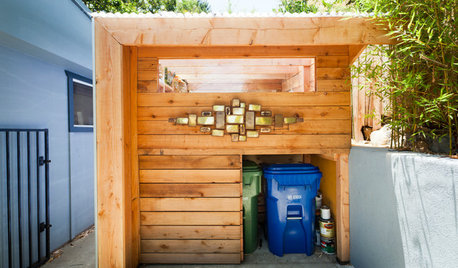
CURB APPEALHouzz Call: How Do You Hide Your Trash?
No one wants to see those trash and recycling bins. So where do you stash them while you wait for the garbage truck? Show us your designs!
Full Story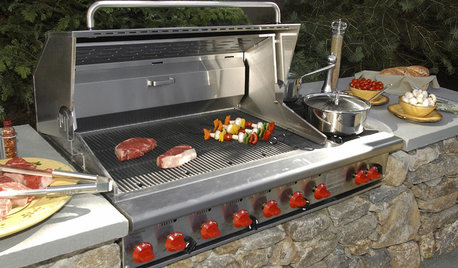
GREAT HOME PROJECTSHow to Get a Built-In Outdoor Grill
Put fresh-air grilling on the menu with a built-in setup that suits your patio or yard
Full Story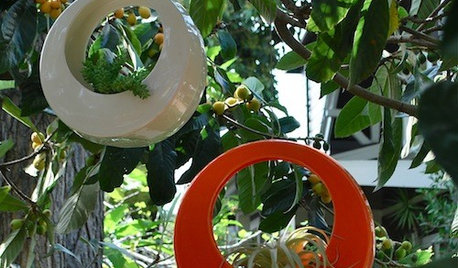
GARDENING AND LANDSCAPING40 Great Gifts for Gardeners
What to Get for Green-Thumb Types. It's a No-Gnome Zone.
Full Story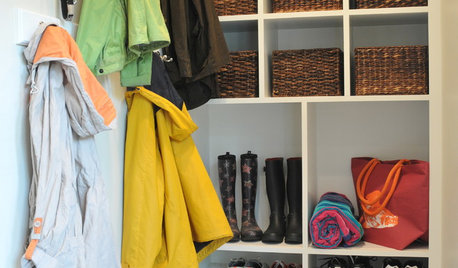
MONTHLY HOME CHECKLISTSTo-Dos: Your February Home Checklist
On cold winter days, freshen up indoor spaces and refresh your spirits too
Full Story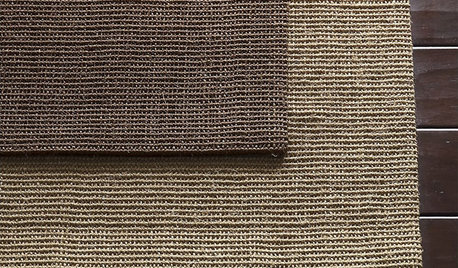
PRODUCT PICKSGuest Picks: 20 Finds for Staging Your Home
The Right Accessories Could Be the Difference Between a Sale and a Sad Story
Full StoryMore Discussions






equinoxequinox
bluelakeOriginal Author
randomz
pjames
bluelakeOriginal Author
dsfoxx
dsfoxx
equinoxequinox
bluelakeOriginal Author
dsfoxx
dsfoxx
equinoxequinox
dsfoxx
bluelakeOriginal Author
equinoxequinox